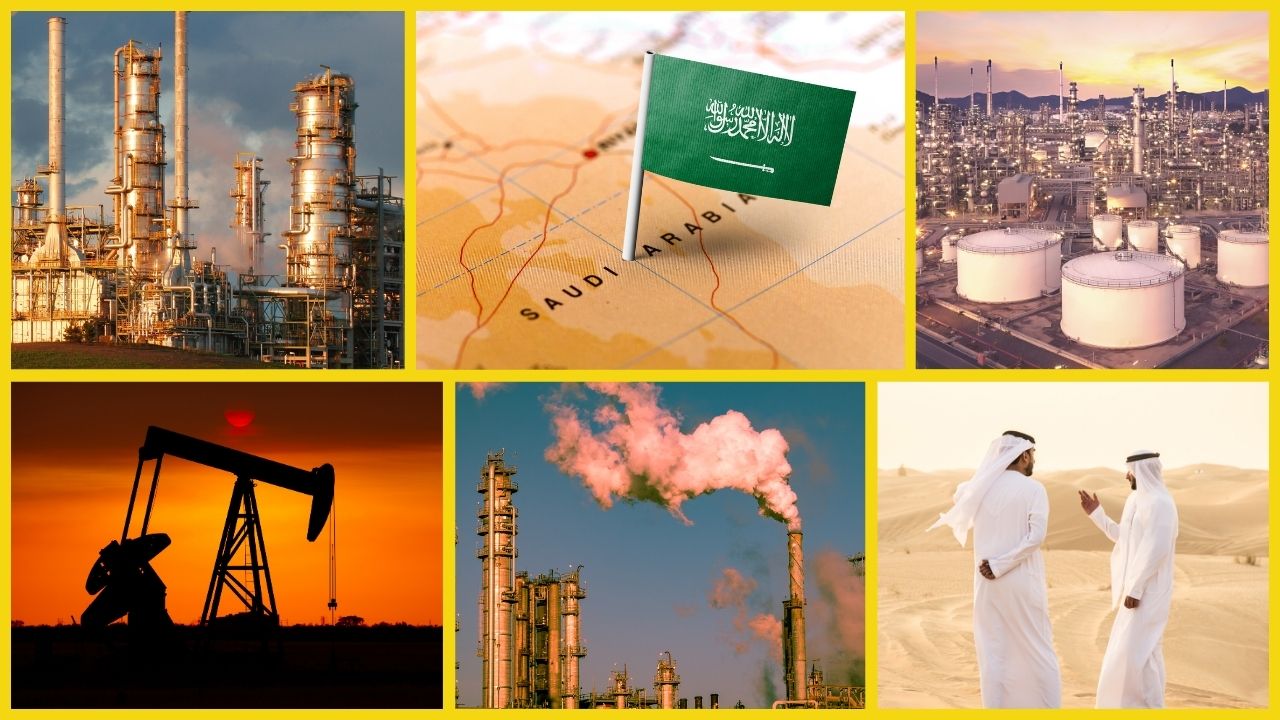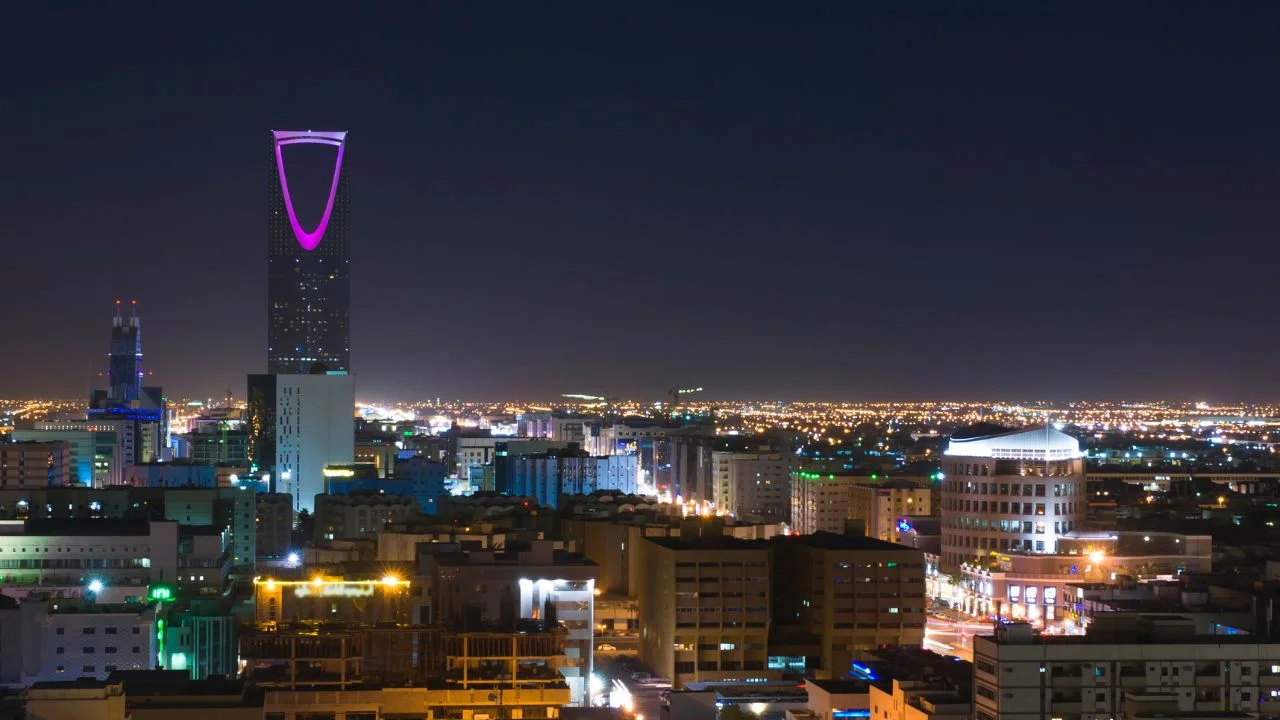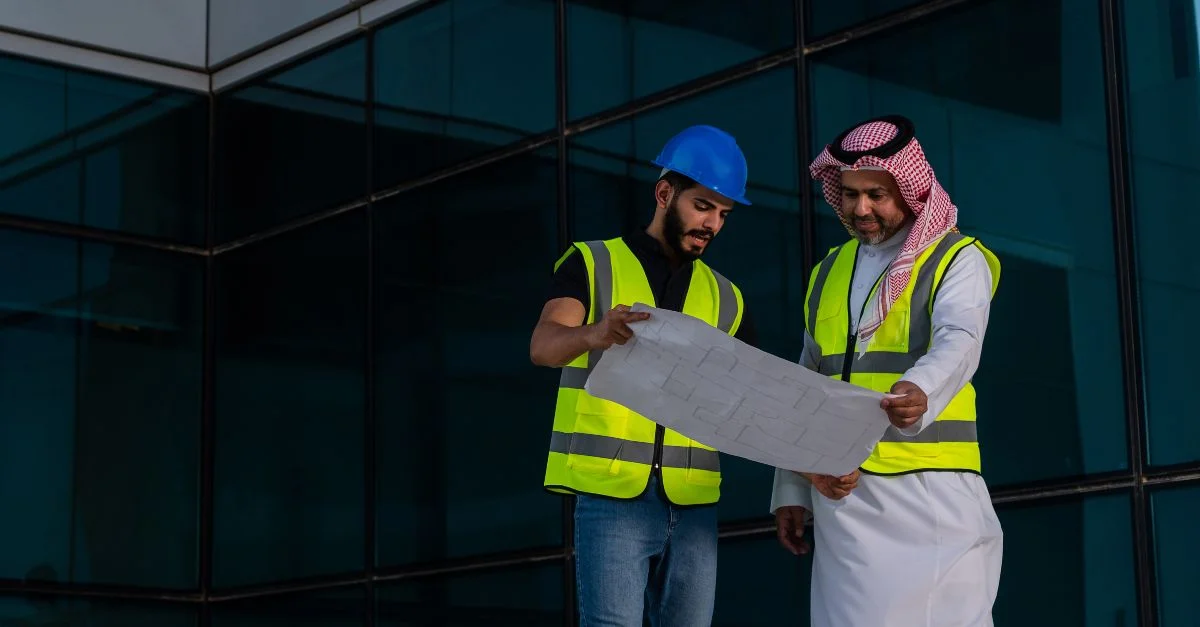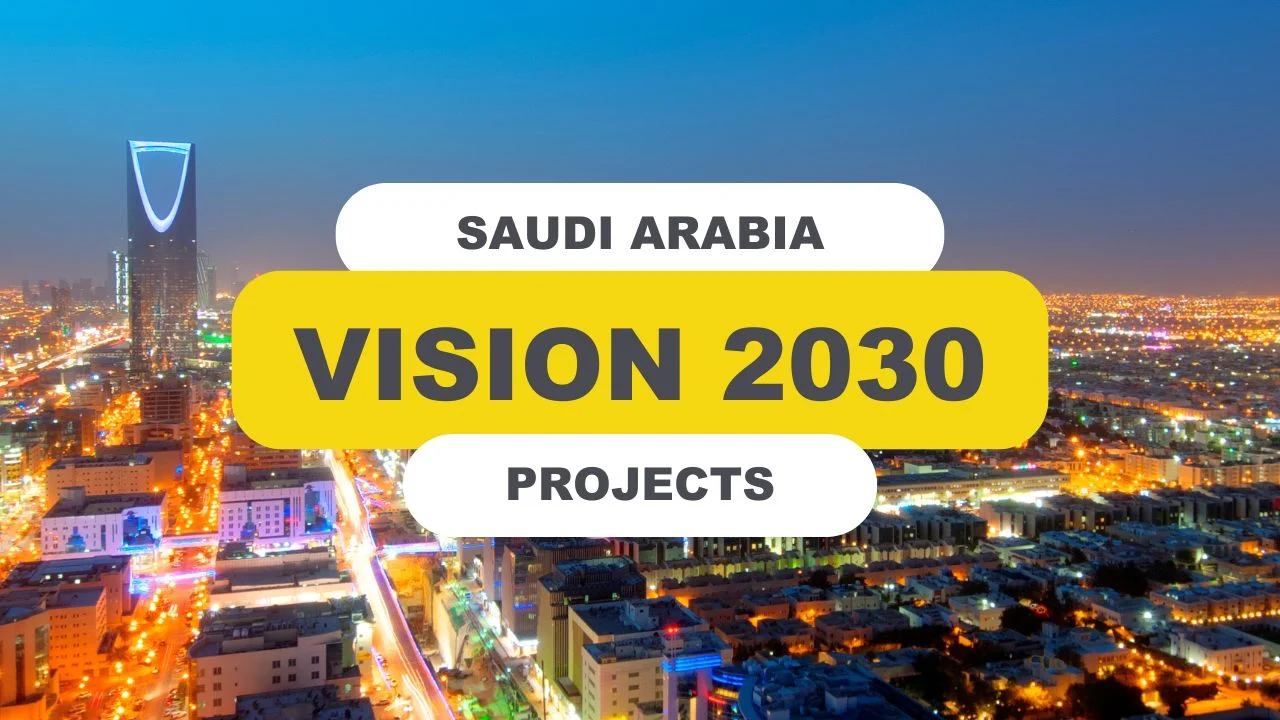From Desert Sands to Energy Titans: Uncovering the Largest Middle East Oil Projects
19 Jul, 20237:31The Middle East has long been recognised as a region rich in oil resources. The discovery of...

The Middle East has long been recognised as a region rich in oil resources. The discovery of oil in this region has not only transformed the economies of the countries within it but has also had a profound impact on the global energy markets.
In this blog, we look at a brief history of oil in the Middle East and explore the current major projects in the region and what is on the horizon for this booming industry.
History of Oil in the Middle East
The theory for why the Middle East is abundant in oil is due to the ocean that was once in its place, compared to the vast desert we know today. The wide variety of marine life living in the prehistoric Tethys Ocean accumulated on the ocean floor over time, compressed into oil on the seabed. Tectonic activity cast aside the ocean, leaving dry desert behind and ripe for drilling.
Oil was first discovered in the Middle East in 1908 by George Bernard Reynolds. The British-born engineer was hired to explore oil in Persia (now known as Iran) and after two dry holes were drilled, he struck oil in the third which would become known as the Masjid Sulaiman Field in the Zagros Basin.
Only a year later, UK-based oil company Burmah Oil created a subsidiary specifically to develop oil production in Persia and by 1913 the company had started volume production of oil. Although this was a promising start for the industry, it wasn’t until 1945, after World War II, that large-scale oil production began to gather momentum in the Middle East.
The region still had a long way to go in terms of infrastructure during the mid-20the century, battling with a lack of transport, water, and sewage systems to aid an industry which was still in its infancy. However, with the increasing demand for oil boosting the economy, soon there would be more opportunities to build the required systems and infrastructure. Between the 1950s and 1960s, hundreds of engineering projects took shape transforming the Middle East and allowing its oil industry to thrive.

Global Impact
The footprint the Middle East has left on the global market is undeniably large; the oil reserves in the Middle East currently make up approximately 30% of the world’s global oil supply. The region consists of 5 of the world’s largest oil fields, with the UAE, Iraq and Saudi Arabia all key players in the global market.
The industry, in part, is still adapting post-pandemic and after the conflict in Ukraine, the global energy crisis has changed the flow of trade within the oil market. Despite this, the Middle East remains at the core of the world’s oil industry.
Saudi Arabia produces almost 12 million barrels of oil daily and is the world’s largest petroleum exporter. It’s the second largest oil producer in the world, only beaten by the United States in the past decade and is responsible for roughly 15% of global output.
Iraq produces about 4.8 million barrels of oil per day and is the sixth largest producer in the world. There are several major international oil companies involved in Iraqi oil production including Exxon Mobil, Occidental Petroleum, BP, Royal Dutch Shell and Total S.A.
The UAE is the world’s seventh biggest producer of oil, with 4 million barrels per day. Iran and Kuwait also come in ninth and tenth producing 3.2 and 3 million barrels daily respectively.

Major Oil Projects in the Middle East
Ruwais Refinery
Location: Abu Dhabi, UAE | Capacity: 922,000bpd
Operated by the Abu Dhabi National Oil Company (ADNOC) this refinery has grown significantly since its inauguration in 1982, with a current capacity of 922,000bpd. It’s currently the world’s fourth largest refinery and the largest in the Middle East, offering liquified petroleum gas, unleaded gasoline, diesel, naphtha, jet fuel, group III base oils, MTO, propylene and specialised products. The already mammoth complex is said to be the world’s largest refining and petrochemicals complex upon completion of proposed expansions in 2025.
Al Zour Refinery
Location: Al Ahmadi, Kuwait | Capacity: 615,000bpd
The Al Zour refinery in Kuwait is the largest refinery in the Middle East. Operated by Kuwait Integrated Petroleum Industries Co (KIPIC) and owned by Kuwait Petroleum, this project produces 615,000bpd (barrels per day). The refinery cost almost $16 billion and is a key contributor to the Kuwait 2035 vision which sees the country aim to increase their refining capacity to over 1.4 million bpd. The refinery occupies 16sq. km and is designed to process various types of crude oil including Kuwait Heavy Crude (KHC) oil to supply power stations with clean fuels.
Ras Tanura Refinery
Location: Jubail, Saudi Arabia | Capacity: 550,000bpd
Ras Tanura is the oldest refinery on the Persian Gulf coast, owned and operated by Saudi Aramco which is the largest oil company in the world by revenue. The cracking refinery began operations back in 1945 with an initial capacity of 60,000bpd, but has since been expanded to increase the capacity of both the oil and gas output of the refinery. The latest expansion cost approximately $8 billion and included a crude distillation unit.
SATORP Refinery
Location: Jubail, Saudi Arabia | Capacity: 460,000bpd
The Saudi Aramco Total Refining and Petrochemical Company (SATORP) is one of the most advanced refineries in the world with a processing capacity of 460,000 barrels per day of Arabian Heavy Crude oil. The refinery was founded by Saudi Aramco and TotalEnergies and has been in operation since 2014. This site is one of the most complex, capable of converting a type of heavy, high-sulphur crude into high-value-added products. This type of oil is especially hard to process and requires a wide variety of processing units such as distillate hydrocrackers, fluid catalytic cracking units and coking units, all of which this refinery has on its roster.
Mina Abdullah Refinery
Location: Al Jahra, Kuwait | Capacity: 454,000bpd
First built in 1958 by the American Independent Oil Company (AMINOIL) it has since been acquired by Kuwait National Petroleum. It started operations with only one processing unit with a capacity of 30,000bpd but has since undergone expansion projects increasing output tenfold. The 7.9sq.km refinery produces Naphtha, Kerosene, Low-Sulphur Gas-Oil, Coke, Fuel Oil and Sulphur, and is a key contributor to cementing Kuwait as a leading producer of oil in the Middle East.
Upcoming Major Projects
There are 30 announced and planned refineries in the Middle East, expected to commence operation from 2023 to 2030, according to GlobalData, with Iraq and Oman expected to add the highest number of planned refineries. Some projects to look out for are:
- Saudi Arabia Refinery. This is an upgrader refinery expected to start operations in 2029. It has a proposed capacity of 600,000bpd.
- Jask II Refinery. This Iran based cracking refinery is expected to start operations in 2028 under the control of Petro Tejarat Shahin Co. Its proposed capacity is 600,000bpd.
- Ras Al-Khair Refinery. This integrated cracking refinery located in Saudi Arabia is expected to commence operation in 2025 with a CDU capacity of 400,000bpd.
- Basra III Refinery. This Iraq-based coking refinery will be operated by Eni SpA and is expected to start operations in 2025. The non-integrated refinery’s proposed capacity is 300,000bpd.
- Shahid Ghasem Soleimani Refinery. Located in Iran, this integrated cracking refinery is owned and set to be operated by National Iranian Oil Co. It’s expected to begin operating in 2028 with a capacity of 300,000bpd.

The Future of the Industry
The International Energy Agency has said that the worldwide peak in demand for oil is on the horizon and is expected to reach a record 102.1 million barrels a day in 2023. Despite the Middle East looking to expand its offering and further diversify its economy in the coming years, it remains a key player in the global supply for oil.
With the conflict in Ukraine still influencing the global energy crisis and an increased focus on renewables and alternative energy, the Middle East will continue to grow and adapt along with the world’s demands, and opportunities for skilled workers will be ample.
Are you ready to take the next step in your career?
Our expert recruitment teams recruit engineering and technical professionals for roles across the globe. You can view all our open vacancies or register your CV with us today for free to ensure that you’re first in line for future jobs in this exciting and ground-breaking industry.










